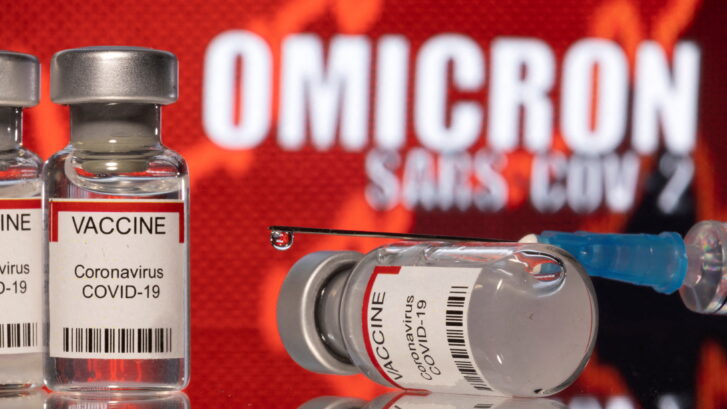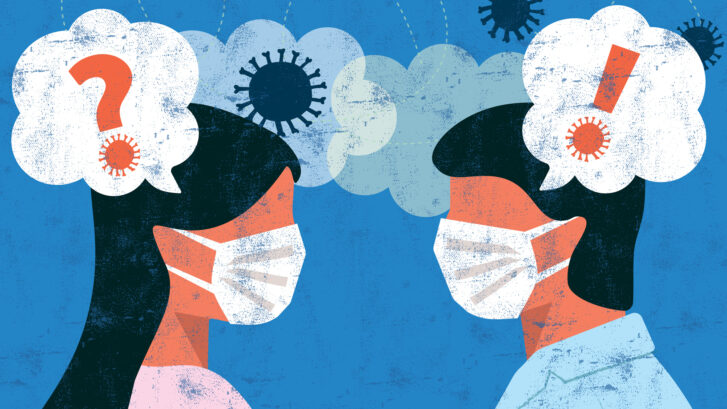Does Running Really Ruin Your Knees?
Our primary care concierge doctors in Jupiter have heard it for years: “I don’t run because I don’t want to wreck my knees.” Intuitively, that makes sense. The argument goes something like this: When you run, each time the foot hits the ground, the body experiences a force equal to eight times body weight, and that will eventually cause osteoarthritis.
The good news is that study after study confirms that’s not the case; in fact, the opposite appears to be true: regular running actually strengthens cartilage, according to experts.
Counterintuitive Findings
One 2020 Stanford University study on the effect of running on knees found that for young, healthy individuals, such exercise appears to trigger an anti-inflammatory reaction in the joints.
“In fact, a normally functioning joint can withstand and actually flourish under a lot of wear,” the study’s lead researcher, James Fries, told Time magazine. Fries is a professor emeritus of medicine at Stanford.
He explained that cartilage—the soft connective tissue that surrounds the bones in joints—doesn’t contain arteries that deliver blood along with its rejuvenating dose of oxygen and nutrients. As a result, cartilage depends on movement to obtain needed nourishment.
“When you bear weight,” he said, “[the joint] squishes out fluid, and when you release weight, it sucks in fluid,” thereby delivering the nutrients necessary to build new cartilage.
What Other Research Says
Studies on this issue go back decades. For example, in 1971, researchers began to look at the children and spouses of the famous Framingham, Mass., Heart Study. Called the Framingham Offspring Cohort, 1,279 volunteers enrolled in a study of exercise and arthritis. The results of the study showed no link between jogging and arthritis.
The results of other studies went even further, appearing to actually show improvement in runners’ knees from their avocation, as the Stanford study found.
A 2008 Australian study found that subjects who engaged in vigorous exercise had knee cartilage that was thicker and healthier than those who didn’t exercise routinely.
In another study, published in the Journal of Orthopedic and Sports Physical Therapy in 2017, 10 percent of those who weren’t runners developed osteoarthritis in their knees or hips over the course of the study, while only 3.5 percent of runners did so.
Again echoing the Stanford results, another 2017 study, published in the European Journal of Applied Physiology, found that running decreased inflammation in the knees of study subjects, suggesting that running was a kind of medicine for those who were experiencing knee pain.
Overall Health Benefits
And running, along with other vigorous aerobic activities, provides whole-body benefits not confined just to the knees.
One study published in JAMA in 2008 followed members of a running club, comparing them with healthy non-runners, all of whom were over 50 at the beginning of the study. After 21 years, the researchers found that more of the runners than non-runners were still alive, as well as reported much less disability than those in the non-running group.
Another study confirming the health benefits of aerobic exercise such as running was published last month in the journal JAMA Network Open, conducted by the Division of Nutrition, Physical Activity, and Obesity at the Centers for Disease Control and Prevention (CDC).
Researchers found that doing between 10 and 300 minutes of aerobic exercise a week was associated with a 24 percent lower risk of death from any cause than exercising less than 10 minutes a week.
Another 2018 study, published in JAMA, produced similar results. Researchers investigated 122,007 former patients at Cleveland Clinic who were tested on a treadmill between January 1, 1991 and December 31, 2014. They found that those with the lowest level of fitness, i.e., a sedentary lifestyle, had a risk of death almost 500 percent higher than those who were the most physically fit.
Some Cautions
Does this mean everyone should lace up their sneakers and head for the trails? Not necessarily.
Mark Harrast, medical director of the Sports Medicine Center at the University of Washington, told HuffPost that running could cause damage in the knees of people who have already experienced trauma to knee cartilage.
“If you have cartilage damage from an injury, such as skiing, a torn meniscus, or a blown-out ACL, and if you run regularly and overuse it, that’s a set-up for arthritis,” he said.
Other reasons you might not want to take up running include having a family history of arthritis, or being overweight or over the age of 50.
Running, even for young, healthy people, though, is not without some risks, including the possibility of stress fractures and soft-tissue injuries. But with sensible safeguards, these issues can generally be prevented.
Precautions include wearing a proper pair of running shoes, matched to your gait and foot size.
In addition, before you begin each run, always warm up with long, slow stretches to get the blood flowing.
As with any form of exercise, you need to build up to full speed gradually. And have any pain you experience evaluated early to prevent further injury.
As long as you pace yourself and take it easy, there’s no reason you can’t enjoy the proven health benefits and euphoria of the “runner’s high.” Just be sure to check with us if you’re just starting out.










